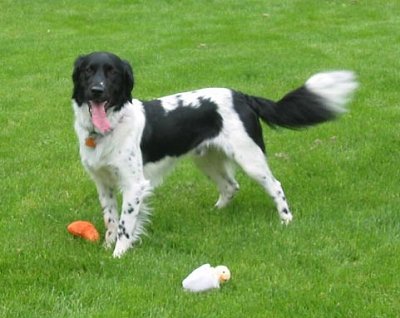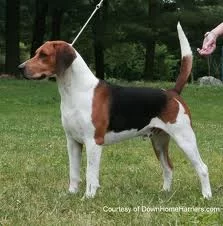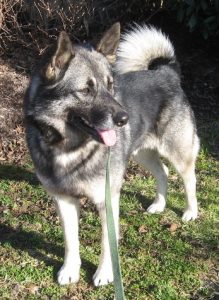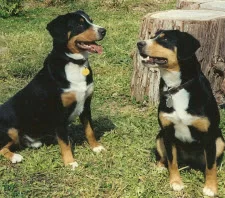Stabyhoun
Loving Stabyhoun Adoption Looking for Forever Homes

-
Breed Group : SPORTING
-
Origin : Netherlands
-
Average Height : 19" - 21"
-
Average Weight : 45 - 52 lbs.
-
Life Span : 13 - 15 years
Photo Courtesy info : Wikipedia
-
Size
1 2 3 4 5 6 7 8 9 10 -
Energy
1 2 3 4 5 6 7 8 9 10 -
Intelligence
1 2 3 4 5 6 7 8 9 10 -
Ease of Training
1 2 3 4 5 6 7 8 9 10 -
Hypo-Allergenic
1 2 3 4 5 6 7 8 9 10 -
Shedding
1 2 3 4 5 6 7 8 9 10 -
Good with Kids
1 2 3 4 5 6 7 8 9 10 -
Good with Other Pets
1 2 3 4 5 6 7 8 9 10 -
Guard Dog
1 2 3 4 5 6 7 8 9 10






